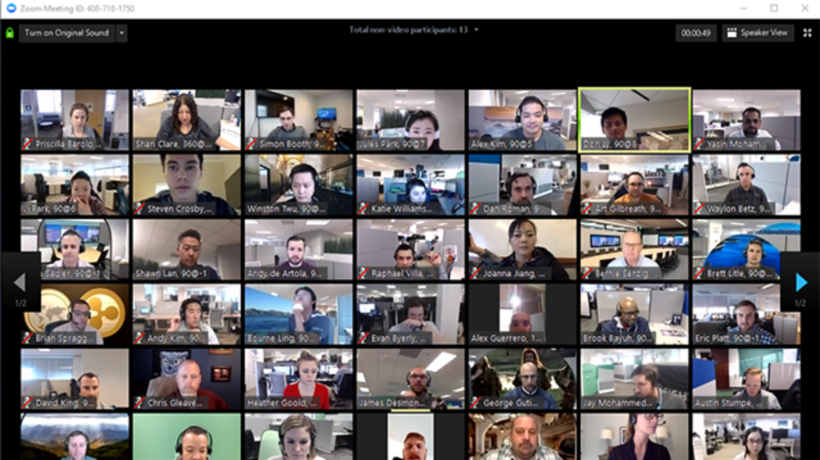The Internet, born as a Pentagon project during the chillier years of the Cold War, has taken a central role in 21st Century civilian society, culture and business that few pause any longer to appreciate. However, COVID-19 is now forcing us to appreciate it and recognise the integral role it plays in our everyday lives.
Many facets of human life — work, school, banking, shopping, flirting, live music, government services, chats with friends, calls to aging parents — have moved online in this era of social distancing.
The resilience of the internet is currently being tested. Demand for online voice, video and VPN connections — all staples of remote work — have surged, and peak usage hours have shifted from evenings, when people typically stream video for entertainment, to daytime work hours. Internet service providers have seen double-digit increases in broadband usage, with BT claiming traffic on its fixed network climbed as much as 60% compared to normal weekdays, while Vodafone says it’s seen mobile data traffic increase by 50% in some markets. We are currently witnessing an increase that is normally expected in a year. Globally, this is now being seen in a matter of days and weeks.
In response, streaming services such as Netflix have taken steps to reduce their bandwidth utilization and cut picture quality in an effort to prevent network congestion. In Europe, streaming platforms have been urged to cut their video quality in order to prevent an overload.
During the lockdown period, South Africa has had its share of internet problems that were worsened by the West Africa Cable System (WACS) submarine cable which broke down and therefore affected SEACOM (the internet provider that South Africa relies on for its internet connectivity). This was later resolved earlier in April. The internet quality however is still an issue for many South Africans in lockdown.
As South Africa prepares to gradually lift the lockdown, the internet will continue to play a major role.
The post lockdown economy, if it is to succeed, will have to rely heavily on the internet.
The internet will be required for more than just watching Netflix videos. Instead, it will become the engine that drives the economy. The current state of the economy will force the dreams about the 4th Industrial Revolution to become a reality.
The value of the internet in the economy and its current pressure has prompted ICASA to assign a temporary spectrum during the COVID-19 lockdown. The same thinking will be required for a post lockdown economy. The future economy is likely to be an internet economy and the current network infrastructure may not cope with the demand. There may be a need to treat some online platforms as more important than others. Education and health platforms may need to be prioritised without compromising the net neutrality principle. Society depends on this network infrastructure and it should therefore receive the necessary attention.
South Africa was never ready for the 4th Industrial Revolution. However, the COVID-19 pandemic is giving South Africa the necessary kick towards the 4th Industrial Revolution. Robots will have to fill our hospitals to safeguard health professionals as Tygerberg hospital is currently experimenting with Quintin – the robot. To implement social distancing effectively, some operations may need to be automated.
All of these tasks will require high quality internet. And if South Africa’s internet quality is not improved, the economy will without a doubt suffer.










